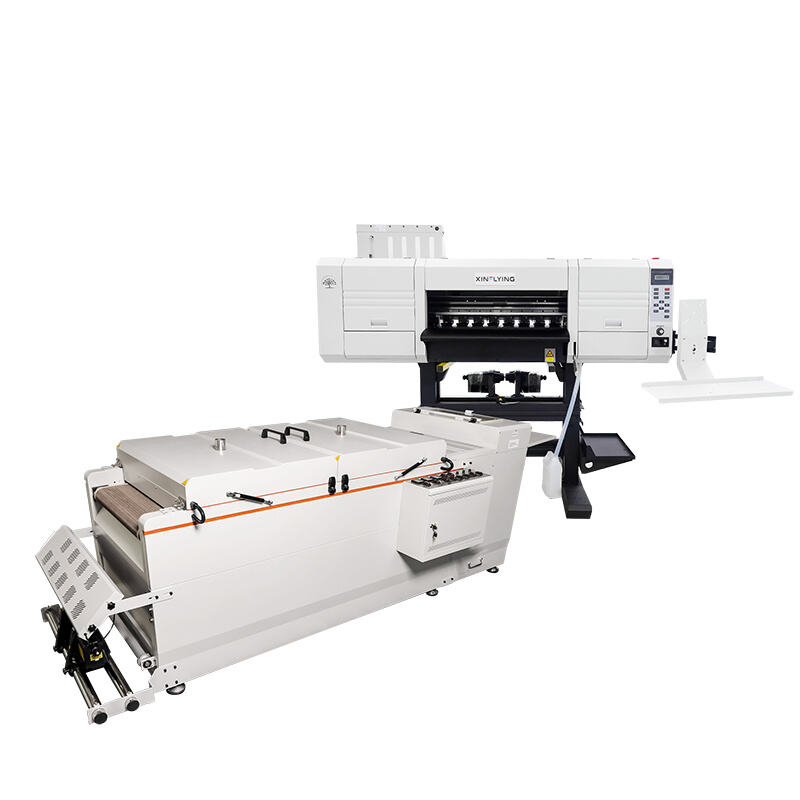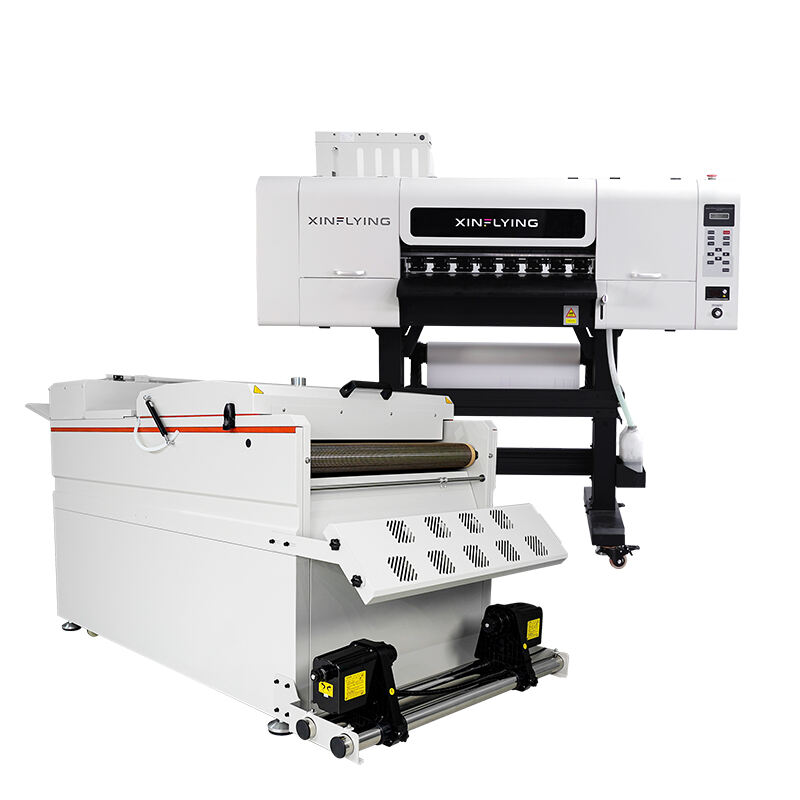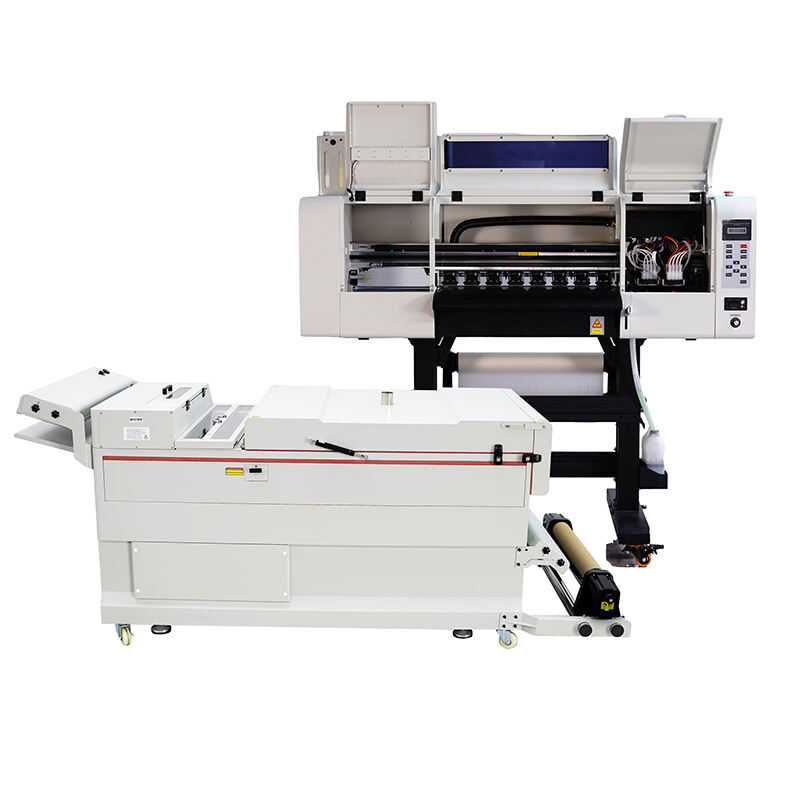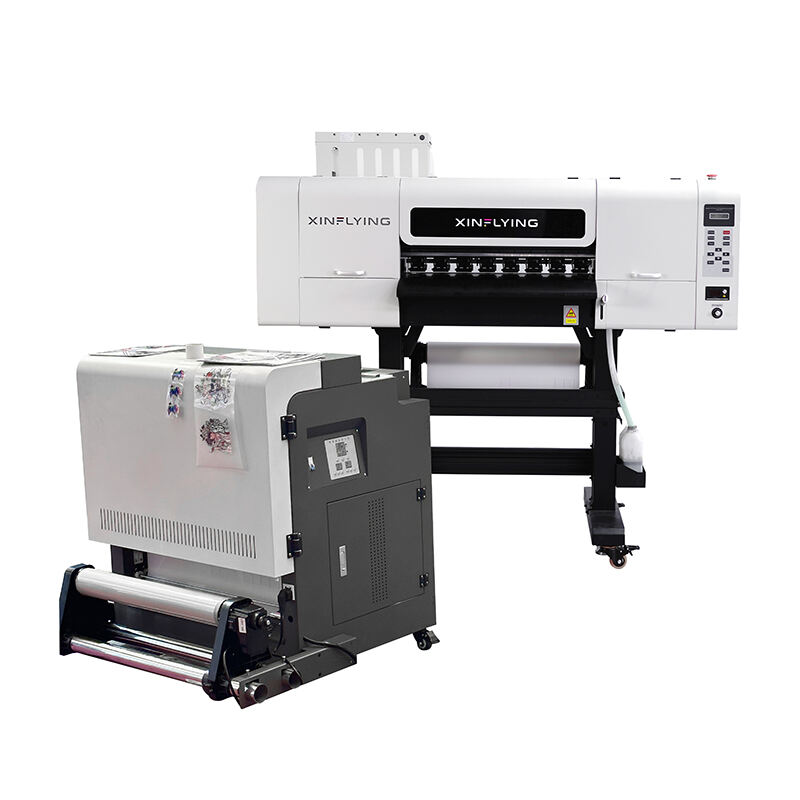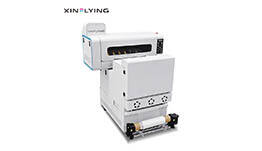A 101 Guide to Clean DTF Printer Head
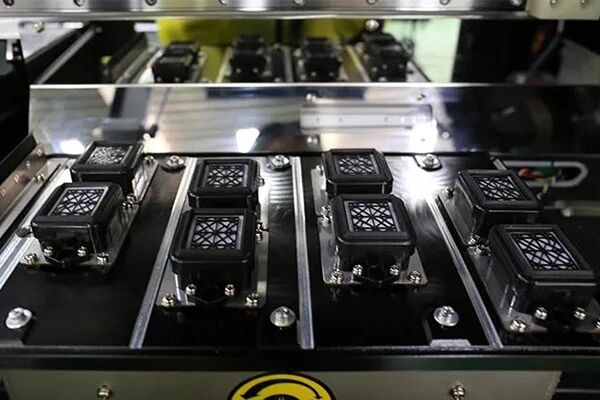
Welcome to the ultimate guide on cleaning your DTF printer head. In this comprehensive article, we will explore the importance of maintaining a clean print head, how to identify signs of a clogged print head, various methods and tools for cleaning, troubleshooting tips, preventive measures, and when to consider a replacement. By the end of this guide, you will have all the necessary knowledge to keep your DTF printer head in optimal condition for top-notch print quality.
What is a Print Head?
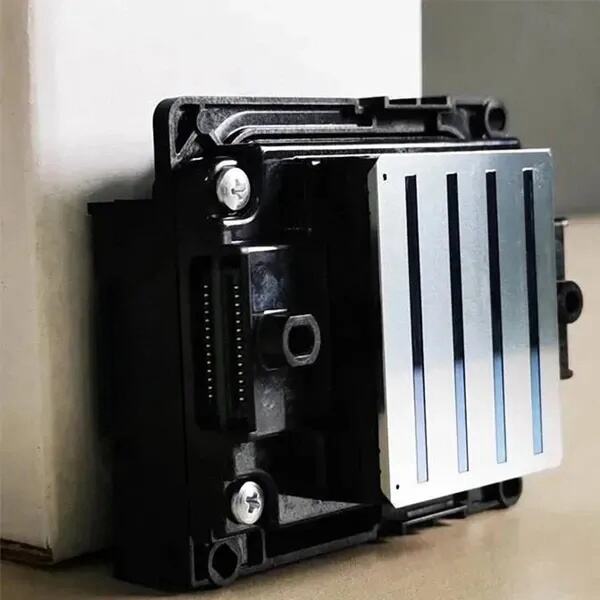
Before delving into the specifics of cleaning a DTF printer head, it’s crucial to understand what exactly a print head is. A print head is a component of a printer responsible for depositing ink onto the printing medium, such as fabric or paper. It contains tiny nozzles that release ink droplets precisely to form images or text. A clean print head is essential for maintaining optimal print quality and preventing issues like streaks or lines on the printed output.
Why Should you Clean Printer Head?
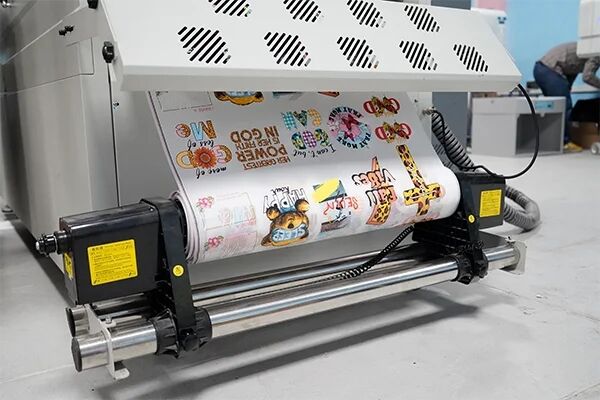
A clogged print head can significantly impact the quality of your prints. When the nozzles on the print head become blocked or partially blocked, the ink flow is disrupted. This can result in uneven distribution of ink, leading to faded colors, streaks, or lines on the printouts. By keeping your print head clean, you ensure that the ink is flowing smoothly, guaranteeing sharp and vibrant prints.
Signs of a Clogged Print Head
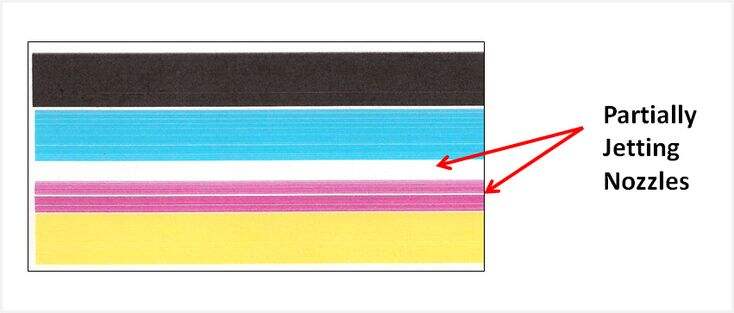
To determine whether you need to clean or replace your print head, it’s crucial to be aware of the signs of a clogged print head. Ignoring these signs can lead to further damage and affect the overall performance of your printer.
Common symptoms of a clogged print head include:
Uneven or streaky prints: If you notice lines or streaks on your prints that shouldn’t be there, it could be an indication of a clogged print head. The blockage disrupts the ink flow, resulting in inconsistent printing.
Faded prints: When the nozzles are obstructed, the ink may not be properly dispersed, causing prints to appear faded or washed out. This can be particularly noticeable in areas with high color density.
What can I Use to Clean Printer Heads
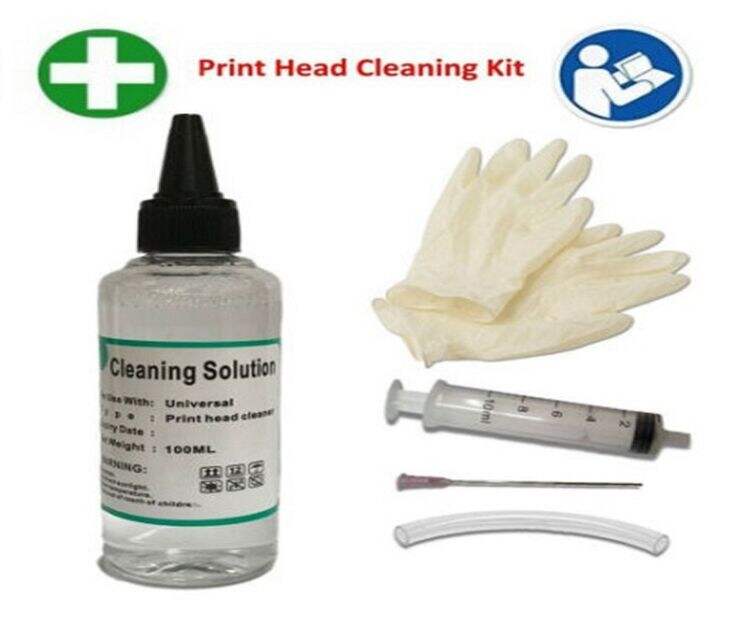
To effectively clean printer heads, it is essential to select the appropriate tools and cleaning solution. This section will provide you with an overview of the tools needed for the cleaning process and offer recommendations for the best cleaning solutions.
Tools Needed for Cleaning the Print Head
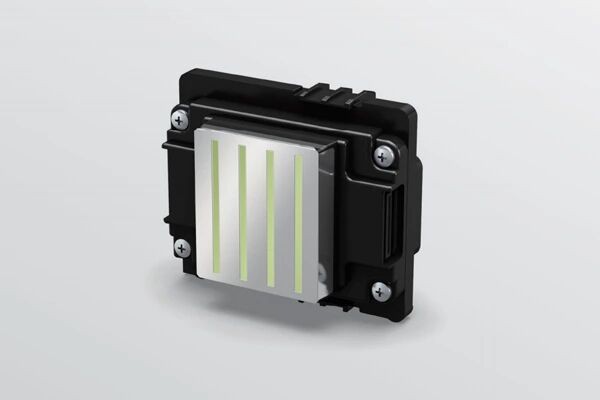
Soft, lint-free cloth: It is crucial to use a gentle cloth that will not scratch or damage the sensitive components of the print head. A lint-free cloth provides an ideal surface for wiping away ink residue and debris.
Cleaning swabs or cotton swabs: These small, absorbent tools are useful for cleaning hard-to-reach areas of the print head. They allow you to target specific nozzles and remove any stubborn clogs or buildup.
Syringes: Syringes can be valuable for injecting cleaning solutions into the print head or flushing out nozzles. They offer precise control and help dislodge any trapped ink or debris.
Recommended Cleaning Solution for Printer Head
Print head cleaning solution: These solutions are specifically formulated to dissolve dried ink and clear away any blockages within the print head. They are designed to be gentle yet effective, ensuring a thorough cleaning without compromising the integrity of the print head.
Isopropyl alcohol: Isopropyl alcohol with a concentration of 90% or higher can also be used as a cleaning solution. It has excellent solvent properties and can effectively break down ink residue on the print head. However, it is vital to use isopropyl alcohol sparingly and with caution, as excessive use or prolonged exposure can damage the print head.
When selecting a cleaning solution, it is crucial to follow the DTF printer manufacturer‘s recommendations and guidelines. Avoid using harsh chemicals or solvents that can corrode or deteriorate the print head.
4 Methods on How to Clean Print Head
Cleaning your print head can be done using various methods and solutions. Here, we will explore four effective cleaning methods:
Method 1: Using a Cleaning Solution and Cloth
This method involves using a cleaning solution designed for print heads and a soft cloth to gently clean the print head.
Step-by-step instructions on using a cleaning solution to clean the print head:
Start by referring to your printer’s manual to locate the print head assembly and remove it if necessary.
Apply a few drops of the cleaning solution to a soft, lint-free cloth.
Gently wipe the print head in a sweeping motion, ensuring you cover all areas.
Avoid applying excessive pressure, which could damage the print head.
Repeat the process if necessary until the cloth no longer collects ink residue.
Allow the print head to dry completely before reinstalling it.
Tips and tricks for effective cleaning:
Perform this cleaning process in a clean and well-ventilated area to avoid dust or contaminants from settling on the print head.
Repeat the cleaning process regularly to maintain optimal print quality.
If the cloth becomes saturated with ink during the cleaning process, replace it with a fresh one to avoid retransferring the ink onto the print head.
Method 2: Using a Cleaning Kit
Cleaning kits specifically designed for print heads are readily available on the market. These kits usually contain cleaning solutions, syringes, and other tools required for a thorough clean.
An overview of cleaning kits available on the market:
Cleaning kits often come with step-by-step instructions to guide you through the cleaning process. They may include additional tools like syringes to flush out the nozzles with the cleaning solution.
How to use a cleaning kit to unclog and clean the print head:
Consult the instructions provided in the cleaning kit for specific steps on using the included tools and cleaning solution
Follow the recommended procedures to unclog the print head and remove any ink residue.
Be cautious while using the syringe to prevent any accidental damage to the print head.
Method 3: Manual Cleaning with Distilled Water
For an alternative to cleaning solutions, manual cleaning with distilled water can be an effective method to unclog the print head.
Step-by-step instructions on manual cleaning using distilled water:
As before, consult your printer’s manual to locate and remove the print head if necessary.
Fill a container with distilled water.
Carefully submerge the print head in the distilled water, ensuring that only the affected area is immersed.
Gently agitate the print head to dislodge any dried ink or debris.
After a few minutes, remove the print head from the water and allow it to air dry completely.
Reinstall the print head and perform a nozzle check to verify that the clog has been resolved.
Precautions to take when using distilled water:
Only use distilled water, as tap water may contain minerals that could damage the print head.
Avoid soaking the print head for an extended period, as prolonged exposure to water can cause internal damage.
Method 4: Using Isopropyl Alcohol
Isopropyl alcohol is another effective cleaning agent for print heads, especially for removing stubborn ink residues.
How isopropyl alcohol can be used to clean the print head:
Start by referring to your printer’s manual to locate and remove the print head if necessary.
Moisten a soft cloth or cotton swab with isopropyl alcohol.
Gently wipe the print head, ensuring you cover all the nozzles and surfaces.
Do not apply excessive pressure.
Allow the print head to air dry completely before reinstalling it.
Important considerations when using alcohol for cleaning:
Use isopropyl alcohol with a concentration of 90% or higher to ensure thorough cleaning.
Avoid using rubbing alcohol or other alcohol-based products that contain additives, as these can be harmful to the print head.
Troubleshooting Tips
Even after cleaning, there might be instances when the print head remains clogged. In such cases, it is essential to troubleshoot the issue and take appropriate measures.
What to do if the print head remains clogged after cleaning:
Run a printer nozzle check to determine whether any nozzles are still blocked.
If certain nozzles remain clogged, repeat the cleaning process specific to those areas.
If the issue persists, consult your printer’s manual or contact the manufacturer’s customer support for further assistance.
Identifying potential printer issues that may require professional assistance:
In some cases, a clogged print head might be a sign of a more significant problem within the printer. If you have followed all the cleaning methods and troubleshooting tips without success, it may be necessary to seek professional help. Professional technicians can diagnose and repair any underlying issues that are causing the recurring clogs.
Maintaining a Clean Print Head

Preventive measures are essential to avoid future clogging issues and maintain a clean print head.
Preventive measures to avoid future clogging issues:
Regularly clean the printer head using the appropriate cleaning methods discussed earlier in this guide.
Avoid leaving the printer idle for extended periods, as this can lead to ink drying and clogging.
Run a nozzle check periodically to identify and address any potential clogs before they affect print quality.
Best practices for regular maintenance:
Keep the printer in a clean and dust-free environment to prevent unwanted debris from entering the print head.
Store ink cartridges properly to avoid leakage or drying, which can lead to clogging.
Follow the digital textile printer manufacturer’s guidelines for printer maintenance, including recommended cleaning intervals and procedures.
When to Consider a Replacement
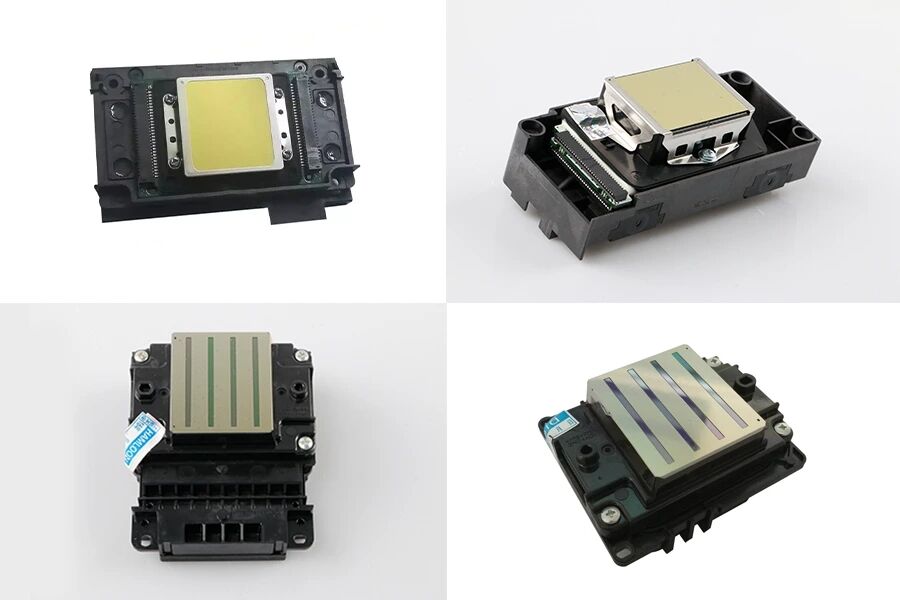
While regular cleaning and maintenance can significantly extend the life of your print head, there may come a time when a replacement is necessary. So how do I know if I need a new printhead?
Signs that your print head may need to be replaced:
Persistent clogging: If your print head continues to get clogged frequently, despite regular cleaning, it may be a sign of irreversible damage.
Inconsistent print quality: If you notice severe print quality issues even after thorough cleaning, it could indicate that the print head has reached the end of its usable lifespan.
Factors to consider before replacing the print head:
Cost: Evaluate the cost of replacement versus the potential benefits in print quality and longevity.
Printer model: Check whether the print head is readily available for your specific printer model.
Warranty: If your printer is still under warranty, contact the manufacturer for guidance on a replacement.
Conclusion
In this comprehensive guide, we have explored the importance of maintaining a clean DTF printer head for optimal print quality. We discussed various methods and tools for cleaning, troubleshooting tips, preventive measures, and when to consider a replacement. By following the recommendations and best practices outlined in this article, you can ensure that your DTF printer head remains in prime condition, enabling you to achieve stunning prints consistently. Remember, a clean print head is the key to exceptional printing results.
Recommended Products
Hot News
-
A 101 Guide to Clean DTF Printer Head
2023-10-25
-
Best 5 dtf printers for shirts & other clothing 2023
2023-10-25
-
The Best 7 DTF Printers for Startups 2023
2023-10-23

 EN
EN
 AR
AR
 NL
NL
 FR
FR
 DE
DE
 EL
EL
 HI
HI
 IT
IT
 JA
JA
 KO
KO
 PL
PL
 PT
PT
 RU
RU
 ES
ES
 TL
TL
 IW
IW
 ID
ID
 LV
LV
 LT
LT
 SR
SR
 SK
SK
 SL
SL
 UK
UK
 VI
VI
 SQ
SQ
 ET
ET
 GL
GL
 HU
HU
 MT
MT
 TH
TH
 TR
TR
 FA
FA
 AF
AF
 BE
BE
 KA
KA

